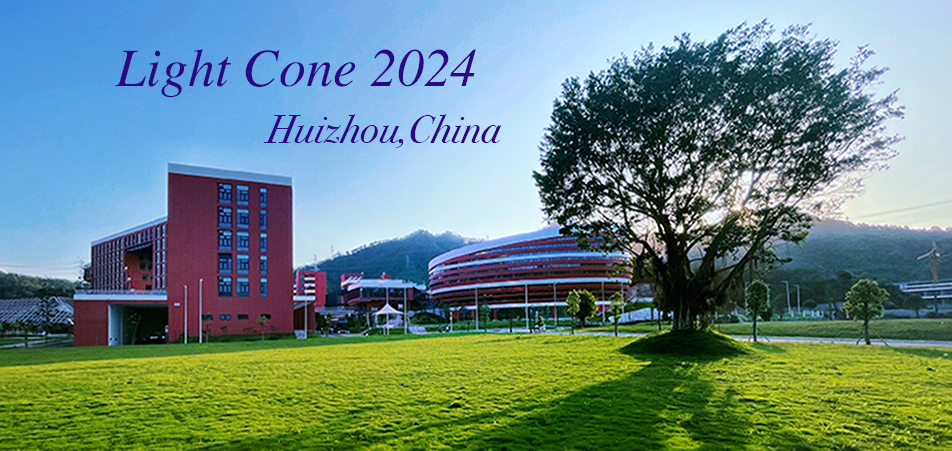Speaker
Description
The presence of ultra-strong electromagnetic (EM) fields can give rise to various important phenomena in heavy ion collisions (HIC). During the early stages of HI collisions an ultra-strong EM field ($B \approx 10^{18}$ Gauss) is expected to be generated, which can have profound implications for QCD phase transitions as well as chiral symmetry restoration. The charge-dependent directed flow ($v_1$) serves as a potential tool for detecting EM field effects and QCD medium properties [1].
In this talk, we will present measurements of directed flow ($v_1$) for identified particles ($\pi^\pm$, $K^\pm$, and $p/\bar{p}$) and their charge dependence, conducted by the STAR experiment in Au+Au collisions at $\sqrt{s_{NN}} = 7.7$–$200$ GeV including the RHIC Beam Energy Scan, as well as in isobar (Ru+Ru and Zr+Zr) collisions at $\sqrt{s_{NN}} = 200$ GeV and U+U collisions at $\sqrt{s_{NN}} = 193$ GeV. The $v_1$ values will be reported as functions of rapidity, transverse momentum and collision centrality. Comparisons of the slope ($dv_1/dy$) and the charge-dependent difference, $\Delta(dv_1/dy)$, across different collision systems and energies, including U+U, Au+Au, and isobar (Ru+Ru and Zr+Zr) collisions, aim to provide insights into electromagnetic field effects and transport coefficients of the QCD medium, such as electrical conductivity.
[1] STAR Collaboration, Phys. Rev. X 14, 011028

